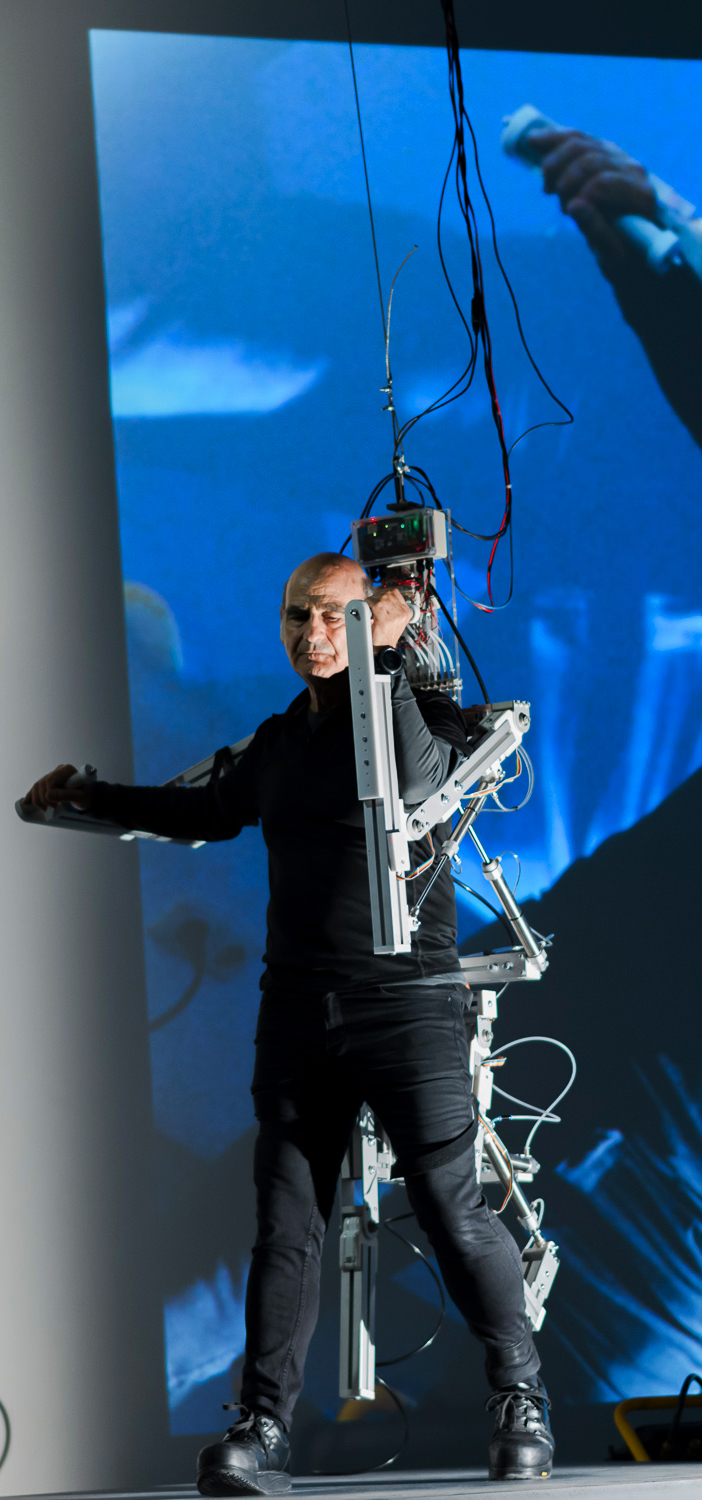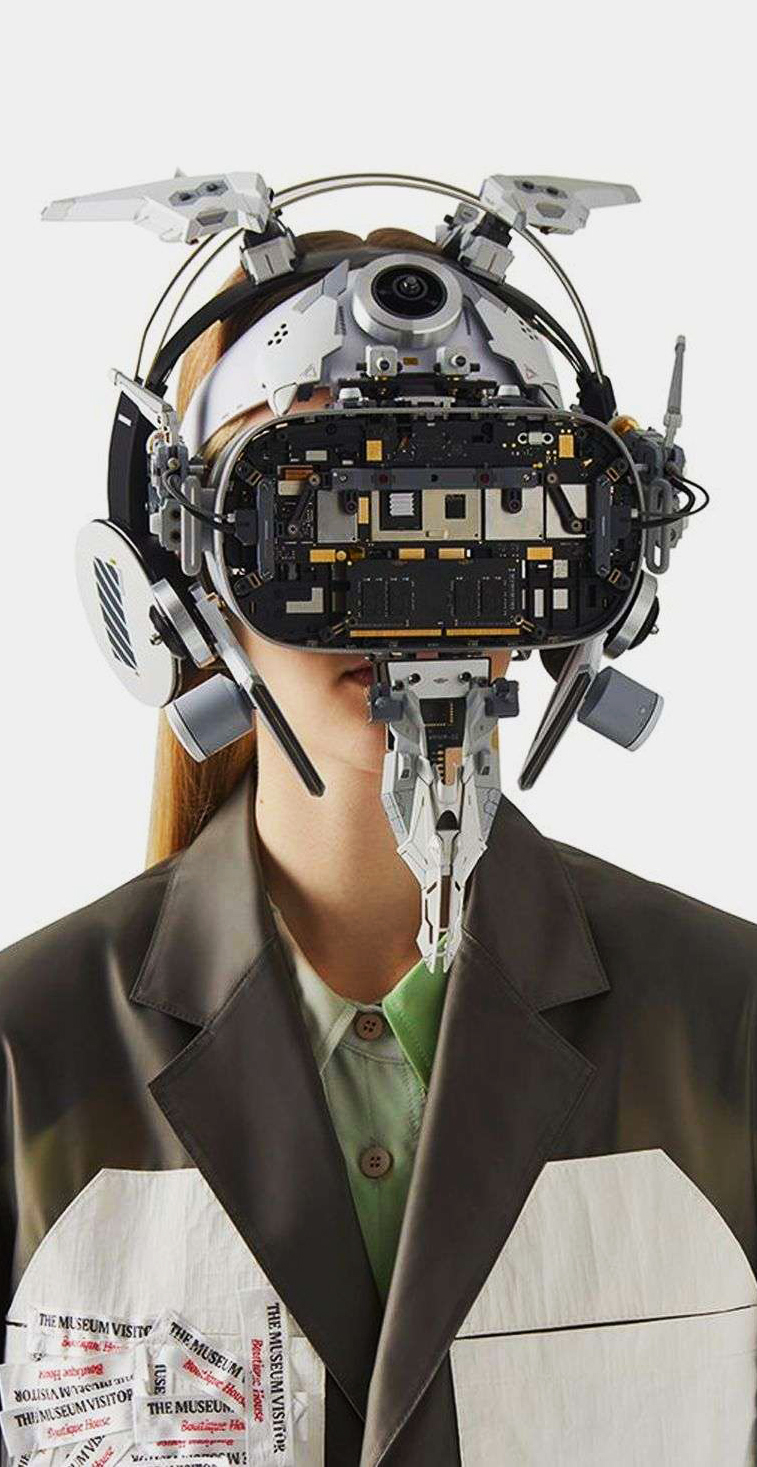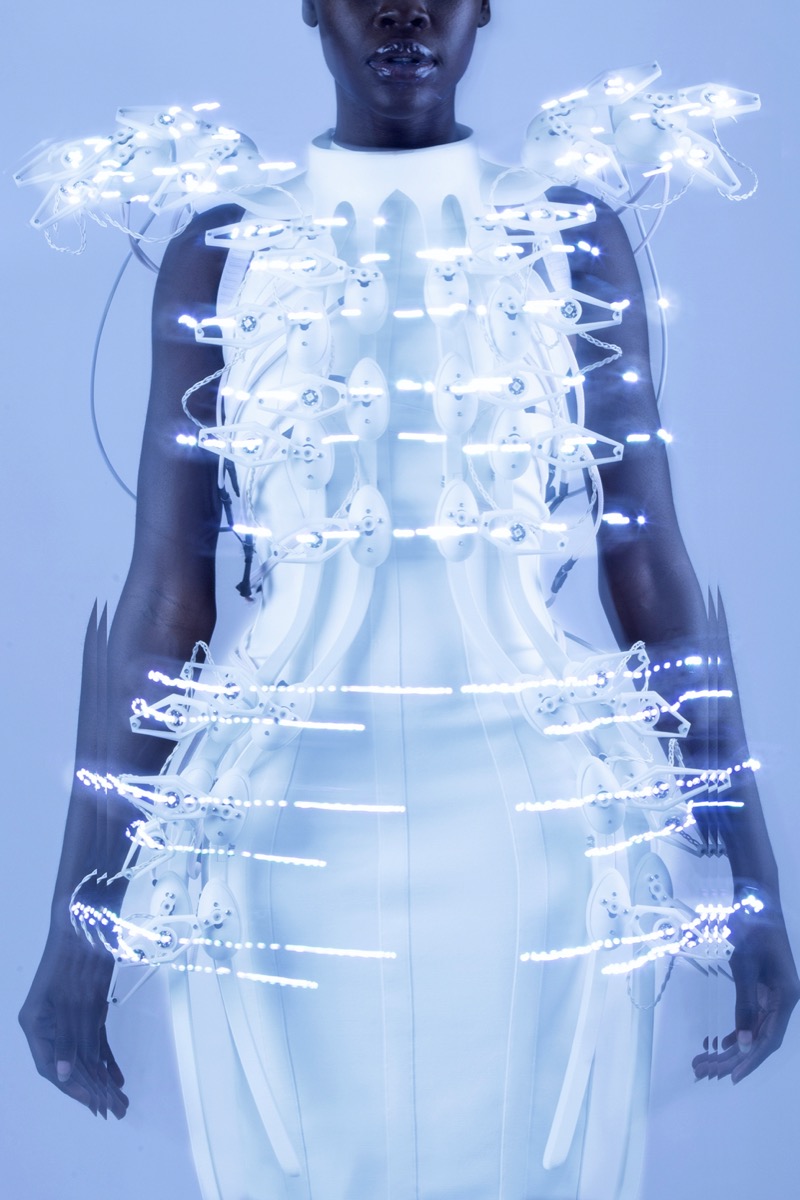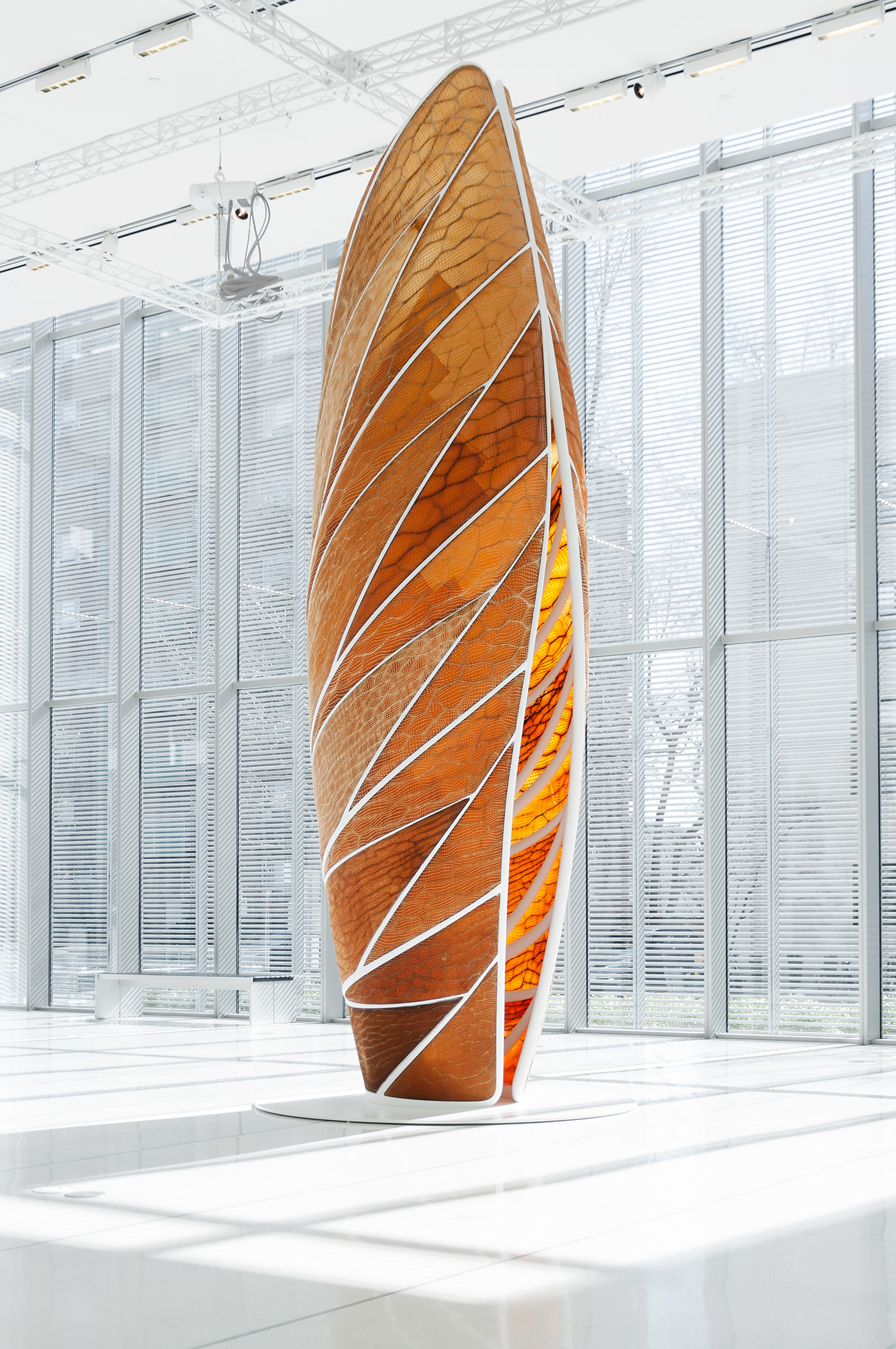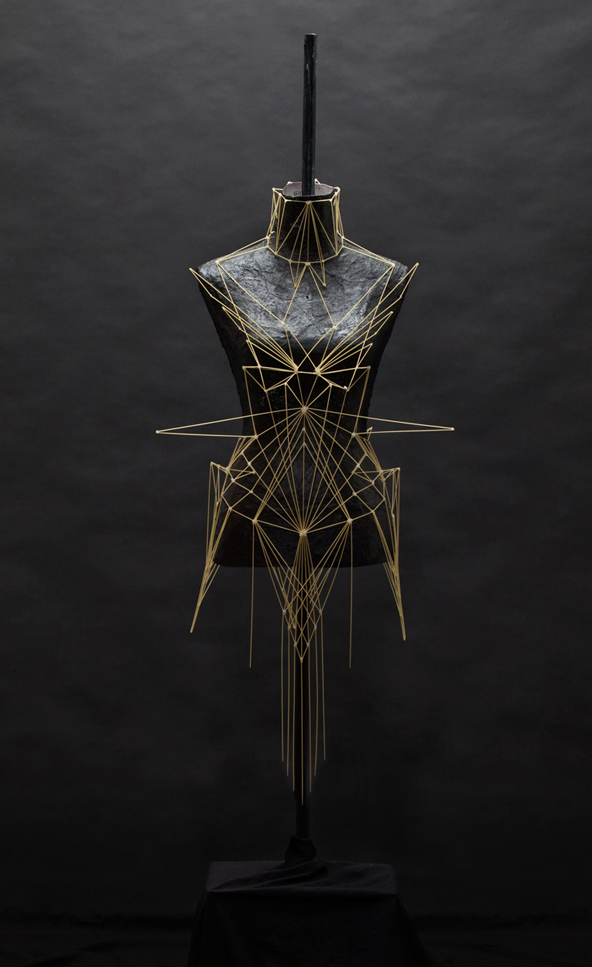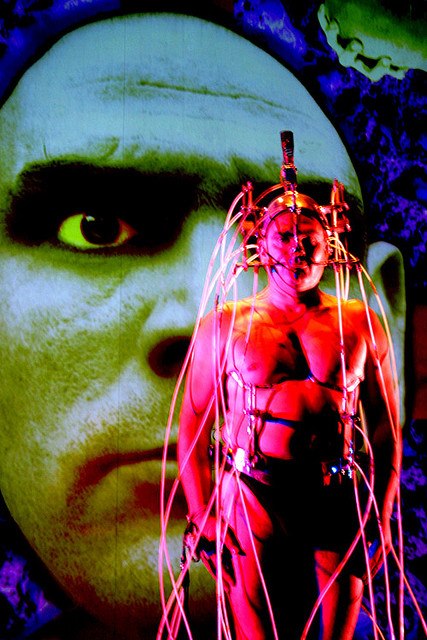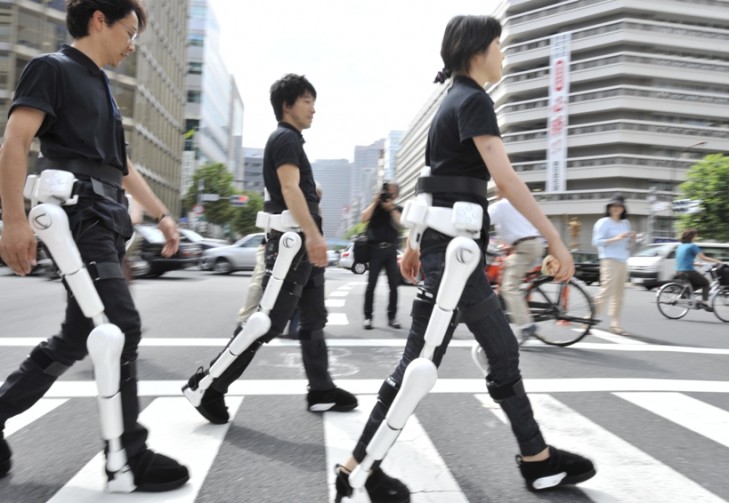Future Body
A stiff cyborg, fixed with a glazed and expressionless stare, dips her fingers into an alien-like amniotic fluid. Gravity shifts as droplets reverse upwards, forming a pulsing headpiece that encases her smooth, almost porcelain skull. ‘Future Body’, a new film by Nirma Madhoo, uses CGI and animated 3D modelling to explore technological embodiment, enacting it in a character that transgresses expected gender roles in a newly mechanised system of digital-infused aesthetics.
Set in the clinical, segmented interiors of a simulated hyper-real space, Madhoo’s cyborg is found dressed for battle, in pieces forming exoskeletons, a spinal scorpion’s tail and mantis-like shoes, designed by Iris van Herpen. A collision between her human and technological self is physicalised as she undergoes mitosis, splitting into two and performing a combative dance with her duplicate.
Currently showing in Melbourne in an exhibition titled ‘Fashion Performance: Materiality, Meaning, Media’, alongside work from Hussein Chalayan, BOUDICCA and POSTmatter collaborator Bart Hess, it offers a glimpse into the collapse of gender, species and machine into one another, in turn reimagining the future for fashion design and communication.
